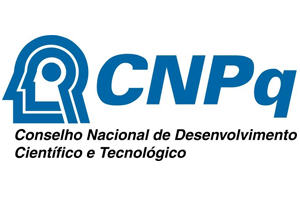Sura Ayed Radam
Department of Pathology and Poultry Diseases, College of Veterinary Medicine, University of Baghdad, Baghdad, Iraq
Inam Badr Falih
Department of Pathology and Poultry Diseases, College of Veterinary Medicine, University of Baghdad, Baghdad, Iraq
ABSTRACT
Background: Streptococcus pyogenes is a significant pathogen in humans and animals, known for its invasive potential and immunopathological effects. This study aimed to investigate the immunological and pathological impact of S. pyogenes isolated from human and sheep throat swabs, focusing on immune markers and histopathological changes. Objectives: The study evaluated the levels of Immunoglobulin G (IgG), Interleukin-10 (IL-10), and Tumor Necrosis Factor-alpha (TNF-α), along with histopathological alterations in the brain, lungs, and kidneys following S. pyogenes infection. Methods: Throat swabs (n=100) were collected from sheep and humans presenting with respiratory symptoms between January and May 2022. Conventional bacteriological methods confirmed S. pyogenes isolates. Male albino rats (n=20), aged 8–12 weeks and weighing 200–250 g, were acclimatized for 4 weeks and divided into two groups: Group 1 served as a negative control, receiving phosphate-buffered saline, while Group 2 received 0.5 mL of S. pyogenes suspension (1×10⁷ CFU/mL) intraperitoneally. Rats were monitored for clinical signs, and subsets were sacrificed at 7 and 14 days post-infection. Blood samples were analyzed for IgG, IL-10, and TNF-α levels, while tissue samples (brain, lungs, kidneys) were processed for bacterial isolation and histopathological examination. Statistical analysis was conducted using ANOVA and LSD tests (p ≤ 0.05). Results: S. pyogenes was identified by its β-hemolytic colonies on blood agar and characteristic inhibition zones on bacitracin susceptibility tests. Immunological analysis revealed significantly higher IgG titers at 14 days (32.39±0.87) compared to 7 days (12.22±0.23) and negative controls. IL-10 and TNF-α levels showed a significant increase at 7 days (372.83±14.96 and 364.79±4.91, respectively) and peaked at 14 days (769.21±18.73 and 468.29±4.21) compared to controls (374.03±14.31 and 370.79±2.36, respectively). Postmortem findings included multiple pneumonic consolidations, abscess foci in lung tissues, and histopathological evidence of abscess formation, granulomatous-like lesions in the lungs, cortical cystic changes in the kidneys, and neuronal nuclear pyknosis with perineuronal edema in brain tissues. Conclusion: S. pyogenes infection in male albino rats induces significant immunological and pathological changes, characterized by elevated IgG, IL-10, and TNF-α levels and extensive tissue damage in the brain, lungs, and kidneys. These findings highlight the pathogen's invasive nature and its impact on host immunity, emphasizing the need for targeted therapeutic strategies to mitigate its effects.
Keywords: Biochemical Tests, Cytokines, Igg, Histopathological, S.Pyogenes, Throat Swab.




